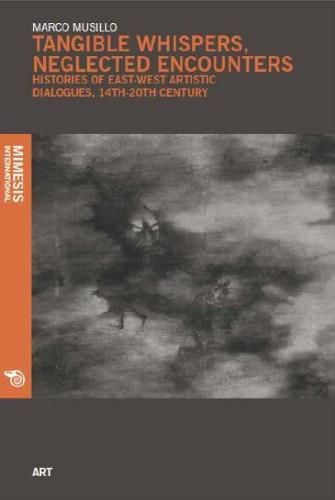Readings Newsletter
Become a Readings Member to make your shopping experience even easier.
Sign in or sign up for free!
You’re not far away from qualifying for FREE standard shipping within Australia
You’ve qualified for FREE standard shipping within Australia
The cart is loading…






The relationship between East and West remains a topic of burning timeliness, particularly in its political dimension. Yet, we can gain a complete understanding of the current tensions only if we consider them within a broader historical framework, spanning from art to diplomacy, from religion to ethnography. The present volume tackles precisely this complex task, offering its reader a rich mosaic of case studies and scholarly research, relating to the mutual approaches between the Euro-American ‘West’, and the Sino-Japanese ‘East’. In the first part of the book, art historian Marco Musillo uses the depictions of Tartars in fourteenth-century Italian frescoes as the starting point of a trajectory leading to eighteenth-century European literature on China. In the second part, the reader is introduced to two cases of diplomatic encounter, one in sixteenth-century Italy between Japanese subjects and local courts, and the other one between Qing China and twentieth-century United States, in the space of the universal exhibition in St. Louis. Finally, the last section proposes three interconnected art historical explorations: the screen design of Chinese origin in colonial Mexico, Medieval Christian tombstones in China, and early-modern Filipino sacred sculpture.
$9.00 standard shipping within Australia
FREE standard shipping within Australia for orders over $100.00
Express & International shipping calculated at checkout
Stock availability can be subject to change without notice. We recommend calling the shop or contacting our online team to check availability of low stock items. Please see our Shopping Online page for more details.
The relationship between East and West remains a topic of burning timeliness, particularly in its political dimension. Yet, we can gain a complete understanding of the current tensions only if we consider them within a broader historical framework, spanning from art to diplomacy, from religion to ethnography. The present volume tackles precisely this complex task, offering its reader a rich mosaic of case studies and scholarly research, relating to the mutual approaches between the Euro-American ‘West’, and the Sino-Japanese ‘East’. In the first part of the book, art historian Marco Musillo uses the depictions of Tartars in fourteenth-century Italian frescoes as the starting point of a trajectory leading to eighteenth-century European literature on China. In the second part, the reader is introduced to two cases of diplomatic encounter, one in sixteenth-century Italy between Japanese subjects and local courts, and the other one between Qing China and twentieth-century United States, in the space of the universal exhibition in St. Louis. Finally, the last section proposes three interconnected art historical explorations: the screen design of Chinese origin in colonial Mexico, Medieval Christian tombstones in China, and early-modern Filipino sacred sculpture.